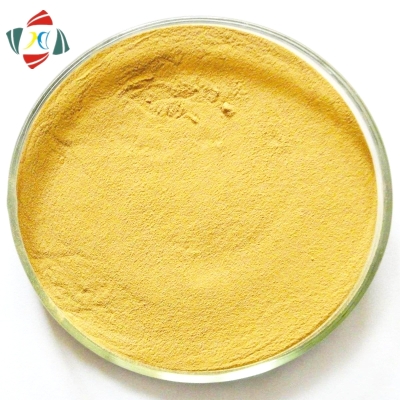-
Categories
-
Pharmaceutical Intermediates
-
Active Pharmaceutical Ingredients
-
Food Additives
- Industrial Coatings
- Agrochemicals
- Dyes and Pigments
- Surfactant
- Flavors and Fragrances
- Chemical Reagents
- Catalyst and Auxiliary
- Natural Products
- Inorganic Chemistry
-
Organic Chemistry
-
Biochemical Engineering
- Analytical Chemistry
- Cosmetic Ingredient
-
Pharmaceutical Intermediates
Promotion
ECHEMI Mall
Wholesale
Weekly Price
Exhibition
News
-
Trade Service
Editor in Charge | Yan
Alzheimer's disease (AD) is a well-known neurodegenerative disease that seriously threatens the quality of life of patients.
Immunohistochemistry has been the workhorse for identifying and quantifying Tau protein forms, and while such antibody-based methods are easy to implement and capable of providing semi-quantitative information, they are ultimately unable to accurately detect quantitative changes or determine PTM stoichiometry
On November 13, 2020, Judith A.
First, the authors performed absolute quantification of Tau soluble/insoluble in sodium lauryl sarcosinate (Sarkosyl) in gray matter of the parietal associative cortex (BA39) from 49 AD patients and 42 controls
Figure 1.
Next, the authors performed unsupervised hierarchical cluster analysis of the Tau PTMs identified in the two cohorts and used the PLS-DA method to confirm which quantifiable PTMs were more important in distinguishing between AD and controls
Notably, in both cohorts, the abundance of proline rich regions (PRRs) and C-terminal peptides and unmodified peptides in the microtubule binding domain (MBD) were negatively correlated Relationship, the increased degree of phosphorylation of the PRR and C-terminal peptides may be involved in the neutralization of positive charges in the MBD domain to promote aggregation events
Interestingly, Tau insoluble in sodium lauryl sarcosinate solution from AD and controls exhibited a persistent and orderly sequence of PTM occurrence during fibrosis
Finally, the authors propose a possible model of Tau fibrosis formation based on the most striking features observed in both qualitative and quantitative MS data of pathological tau
Figure 2.
Collectively, this study provides an unprecedented quantitative and qualitative view of the molecular characterization of pathological Tau subtypes in human disease, which is critical for rational design of antibody and small molecule therapeutics and early clinical diagnosis
Original link
https://doi.
Plate maker: Qi Jiang
references
1, de Calignon, A.
2, Walker, LC, Diamond, MI, Duff, KE, and Hyman, BT (2013).
3, Takeda, S.







